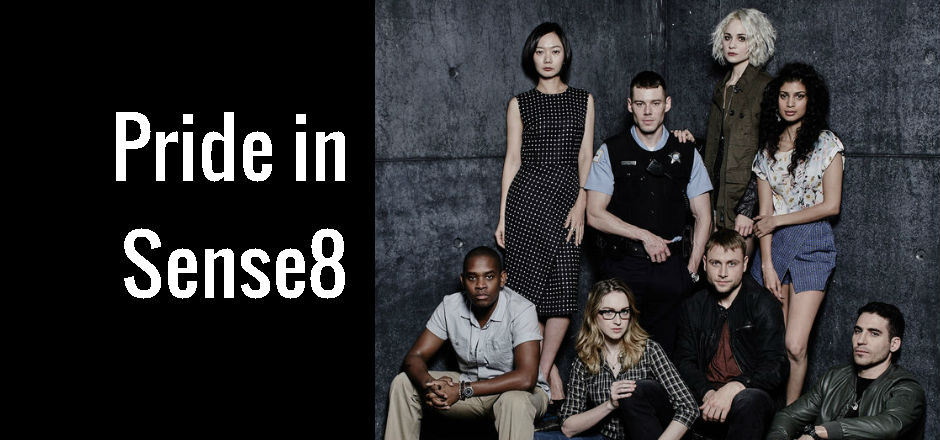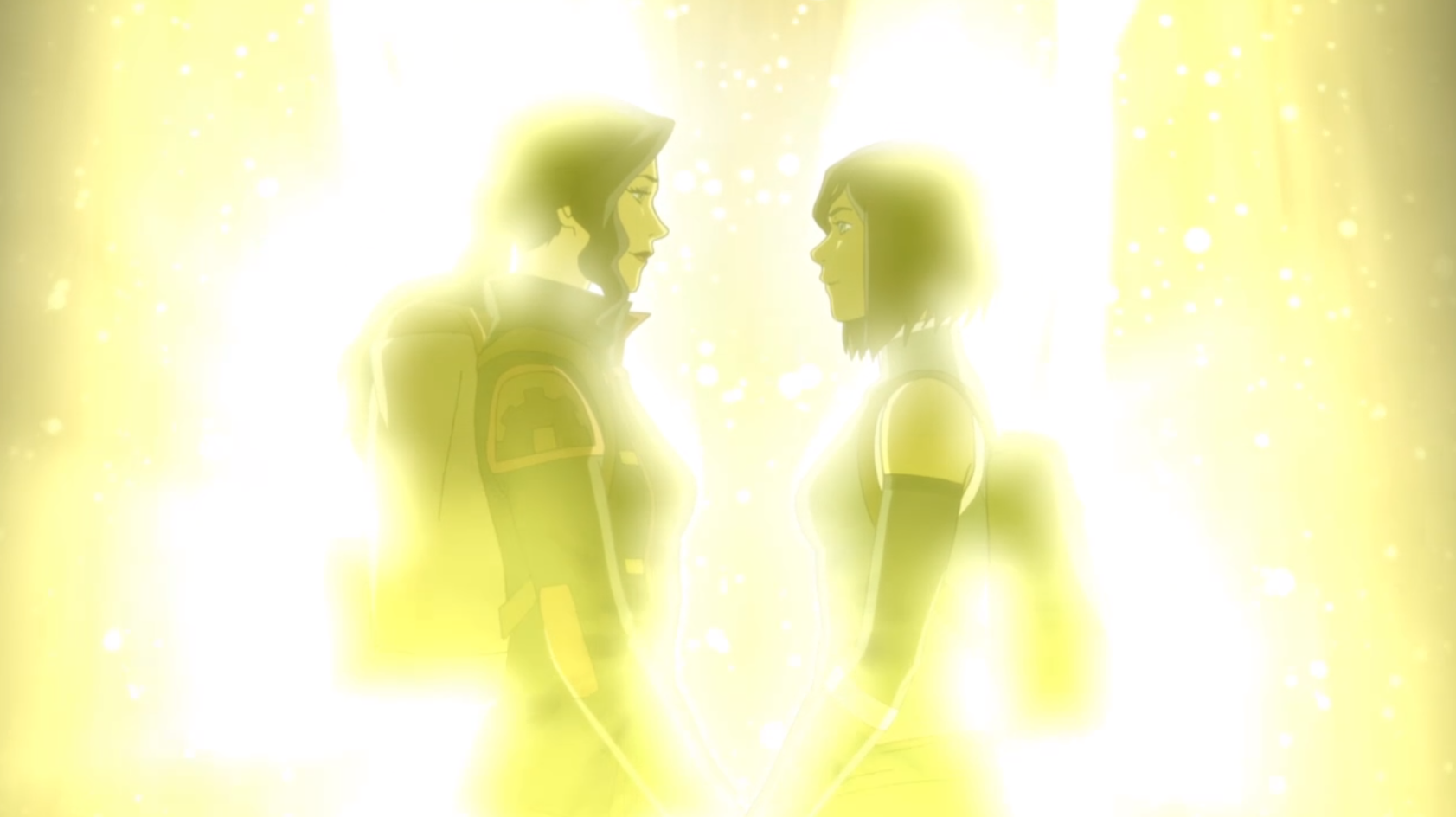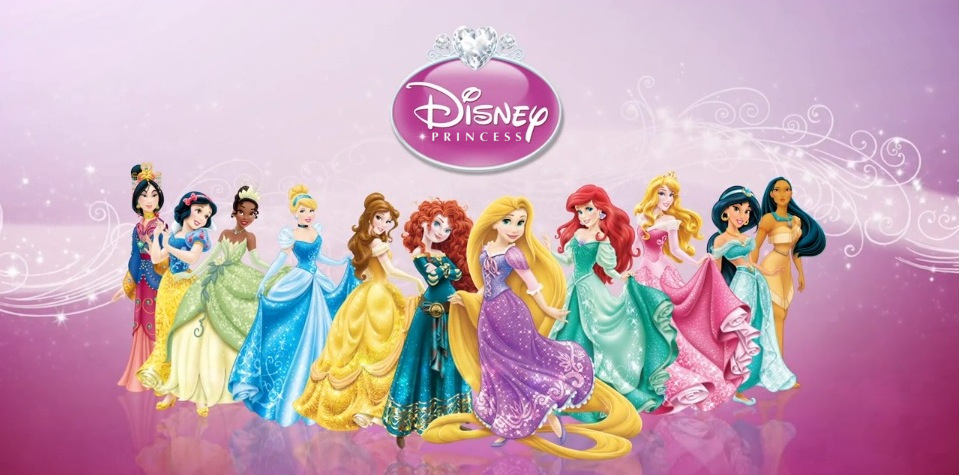When I was a teenager, The Matrix was just about the coolest thing in the world, even though it was already several years old at the time. As an already avid sci-fi lover, it put the Wachowskis on my radar, and for the next several years I kept a lookout for anything they did. Unfortunately, most of what they did for the next fifteen years ranged from mediocre sequels to The Matrix to awful adaptions of young adult novels.
I was disappointed in the duo for a long time, but then I saw an ad on Netflix for a new original show called Sense8, written and directed by the Wachowskis. In the past, big-budget filmmakers moving from the big screen to the small one was a universal bad omen for their careers, but in the age of streaming, TV is only getting better and better. So I had hope, and watched the show.
Sense8 is good. Not incredible or pop-culture defining like The Matrix was, but good. Sometimes the writing is weird and not all the actors put in top-notch performances, but it’s an enjoyable watch and the best effort the Wachowskis have put out in a very long time.
There wouldn’t really be anything special about it except for one word that sets it apart from so many other mainstream shows:
Diversity.
Sense8 follows eight characters from all around the world, with all different backgrounds, careers, interests, and identities. The mind-bending sci-fi tilt to it all is that they can each sense each other’s feelings and read each other’s minds. It’s a crisscrossing octagon of telepathic connections that starts to hurt your head if you think about it for too long.
None of them are strictly the protagonist; they, collectively, are the protagonists of the series. And rarely does an American show feature such diversity. The stars of Sense8 include a trans woman in California, an Icelandic DJ, a German thief, an Indian woman, a gay Mexican actor, a Kenyan bus driver, a South Korean kickboxer, and a Chicagoan police officer. Each of these characters, as well as their occupations and situations create a distinct contrast to the typical “chosen one but is somehow always a straight white dude” protagonist we get so often in science fiction and fantasy.
The thing that Sense8 does best with this cast is giving them multiple dimensions. Too often, an LGBTQ character is boiled down to just that: their queerness becomes their defining trait, and the conflict and plot revolves around that. There’s nothing inherently wrong with that – after all, struggles with identity are a common thread in the lives of many queer people. The problem is that characters who fall under the LGBTQ umbrella rarely get to be anything but that.
Underrepresentation, trauma porn, getting killed off, and over-simplification are all tropes and fates that these characters often fall into, but that’s not the case in Sense8. One of the Eight, a transgender woman named Nomi, could have easily fallen into this easy and lazy writing, but instead of just being a transgender woman, she’s a cautious, loyal, and brave hacker. Her character experiences a true arc as any other character would, and her trans identity has little to do with it and more to do with standing up for oneself and forming her own fate.
There’s a sort of balance that many writers struggle to reach when writing LGBTQ characters. J.K. Rowling only confirmed Albus Dumbledore as gay after the book were released, and this character trait was left as hidden subtext. On the other side, many gay characters are that and only that: gay. This problem is prevalent mostly in comedies; the character has a gay friend, or a gay person is a member of the cast. Rarely are they a main character, and rarely do they subvert common stereotypes.
Representation of other identities is low to nonexistent. Trans people are exceedingly rare, and polyamorous relationships or gender fluidity may as well not exist in popular media.
Sense8 avoids this problem. Each character has pride in who they are and the other main characters accept them wholeheartedly. They don’t have to pretend to be someone else for the other characters. They’re just them. And that is perhaps the most important representation of all; LGBTQ characters who have pride in themselves, who have agency, and who have depth. Sense8 creates real people.
These people could just as easily exist in our world, and even if Sense8 is mind-bending and confusing, it gives us this anchor. The Wachowskis – notably both trans women themselves – have created realistic characters that stand in the face of adversity and stand up as heroes. The characters of Sense8 wear their identities on their sleeves through parental abandonment and career suicide. They wear them with pride, and that perhaps is the most important aspect of this sci-fi mind trip.
—
Joel Wallick is currently pursuing a degree in film studies at Bowling Green State University with a minor in creative writing. He has been gaming since early childhood, beginning with Pokemon Silver. Follow him on Twitter @SuperNerdJoel.






